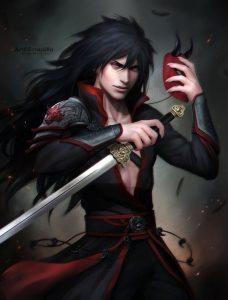
Amatsu-Mikaboshi, also known as “The August Star of Heaven,” is a deity associated with chaos and darkness in Japanese mythology. In ancient times, it was believed that Amatsu-Mikaboshi resided in Yomi, the realm of the dead.
Legend has it that Amatsu-Mikaboshi was born from the primordial chaos that existed before the creation of the world. As chaos personified, Amatsu-Mikaboshi sought to disrupt the harmony and order established by other deities.
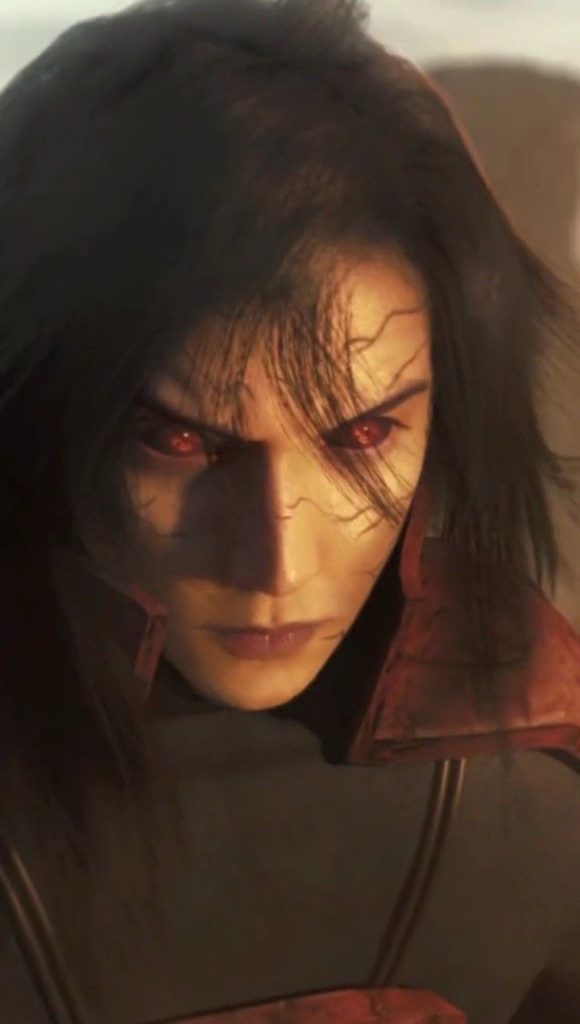
Amatsu-Mikaboshi was often depicted as a fearsome and malevolent entity, with a monstrous appearance and an insatiable hunger for power. It was said that the deity would consume and corrupt the souls of the deceased, causing unrest and chaos in the afterlife.
However, despite its dark nature, Amatsu-Mikaboshi played a crucial role in Japanese mythology. It represented the necessary balance between light and darkness, order and chaos. Without the presence of Amatsu-Mikaboshi, the world would lack equilibrium.
In some tales, Amatsu-Mikaboshi clashed with other deities, such as the sun goddess Amaterasu and the storm god Susanoo. These epic battles symbolized the eternal struggle between light and darkness, good and evil.
Interestingly, Amatsu-Mikaboshi is sometimes associated with the star Antares, one of the brightest stars in the night sky. In Japanese folklore, Antares represents the eye of Amatsu-Mikaboshi, constantly watching over the world and influencing its balance.
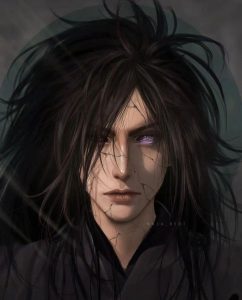
While Amatsu-Mikaboshi is not as well-known as some other deities in Japanese mythology, its presence and significance cannot be overlooked. It serves as a reminder that even in the darkest of times, there is always a glimmer of light, and that balance and harmony can be achieved through the interplay of opposing forces.


















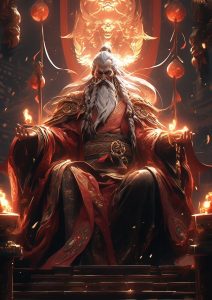
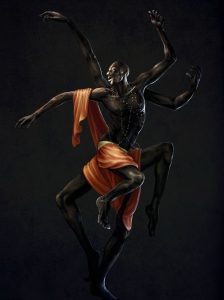





+ There are no comments
Add yours